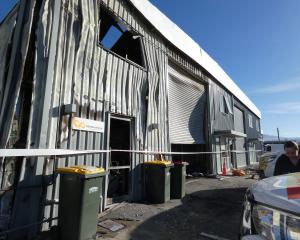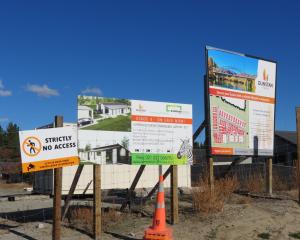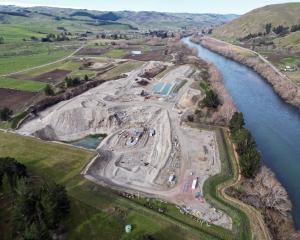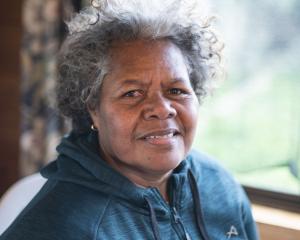
The district's major infrastructure projects for the next decade are highlighted in the long term plan discussion document and draft estimates, approved yesterday by the council. Submissions to the document will close on May 11.
The council will have to borrow to pay for new infrastructure projects and repay those debts through rates over 35 years.
No changes to levels of service were planned within the next three years, but council corporate services manager Susan Finlay said it was important to review levels within that time frame.
Central Otago had one of the largest roading networks in the country and about one third of the rural roads only served three houses or fewer, yet there was still an expectation the roads would be maintained at a low cost, she said.
Many of the district's 175 bridges were nearing the end of their lives and were uneconomic to replace.
''Our challenge is to manage a vast and ageing roading network within an environment of constrained funding, rising community expectations, changing land use and changing population demographics. We have more work to do than there is money to do it. We need to cut our cloth to suit,'' she said in the document.
The community would have to decide whether the council should continue to fund maintenance of all existing road assets or whether some should be privately funded.
The council owned or managed 18 community halls, many built after World Wars 1 and 2. Many of those halls required extra maintenance as they aged or needed upgrading to a higher standard, particularly to meet earthquake prone building standards, Mrs Finlay said.
Rationalising assets was one way of ensuring rates were kept at an affordable level and communities would be consulted about the future of their halls.
Central Otago Mayor Tony Lepper said the long term plan had been ''a long time in the making and we're going to hatch it today''.
Each of the district's four community boards had considered the draft estimates and highlighted their priorities. Vincent board chairwoman Cr Clair Higginson said boards had ensured they were listening to their communities about what they wanted.
The proposed average rates rise for Cromwell ward is 5.1%, Maniototo ward ratepayers will face a 5% increase, Teviot Valley ratepayers a 2.1% rise and Vincent ward ratepayers a 12.2% rise, because of the plans to upgrade Alexandra's drinking water supply, beginning in the next financial year.
Rates rises for properties will vary as it depends on property valuations, the addition of targeted rates and where the property is located. Cr Barrie Wills said the Alexandra community gave a clear indication it wanted to proceed with the drinking water upgrade sooner rather than later.
The council said it would aim to cap rates rises at 5% a year for the next decade. The figure would be an average across the district.












